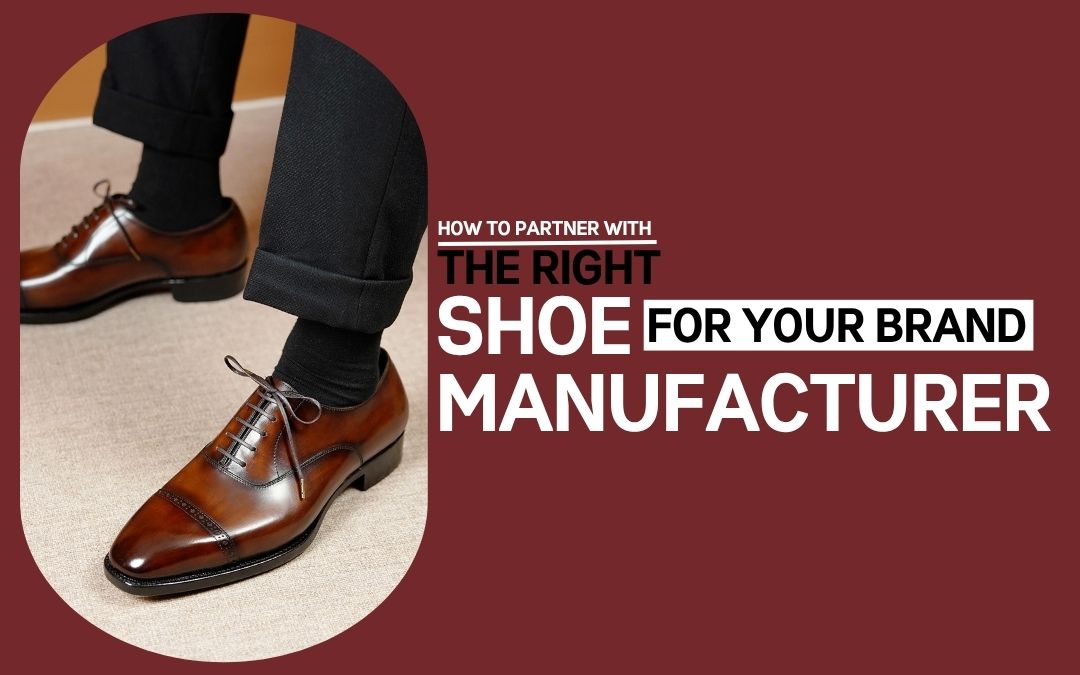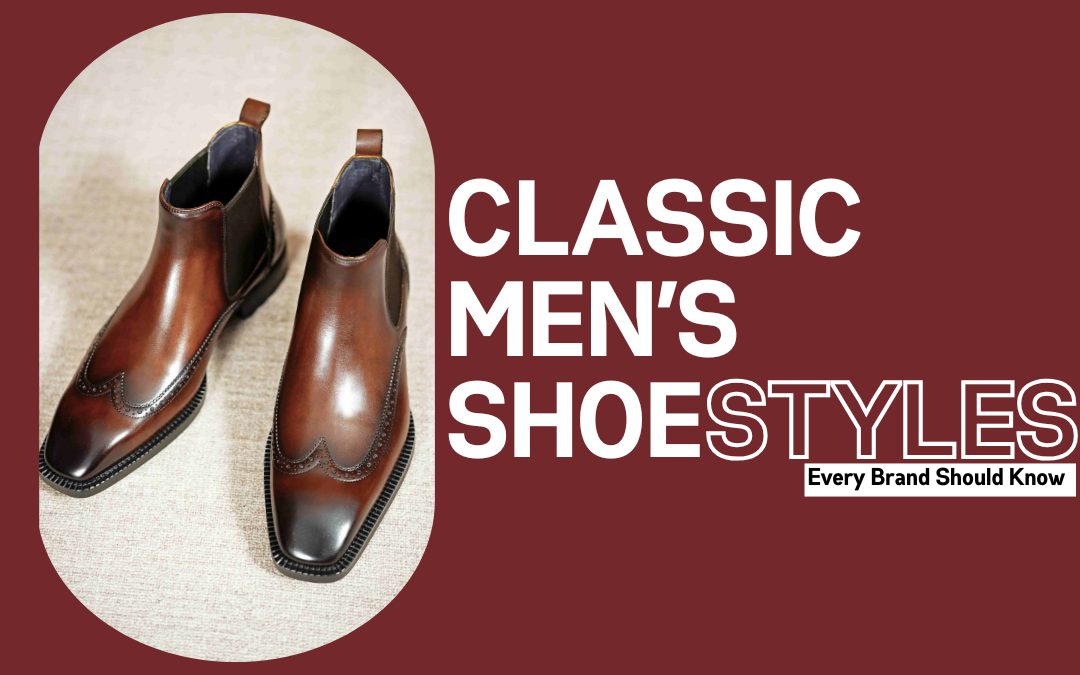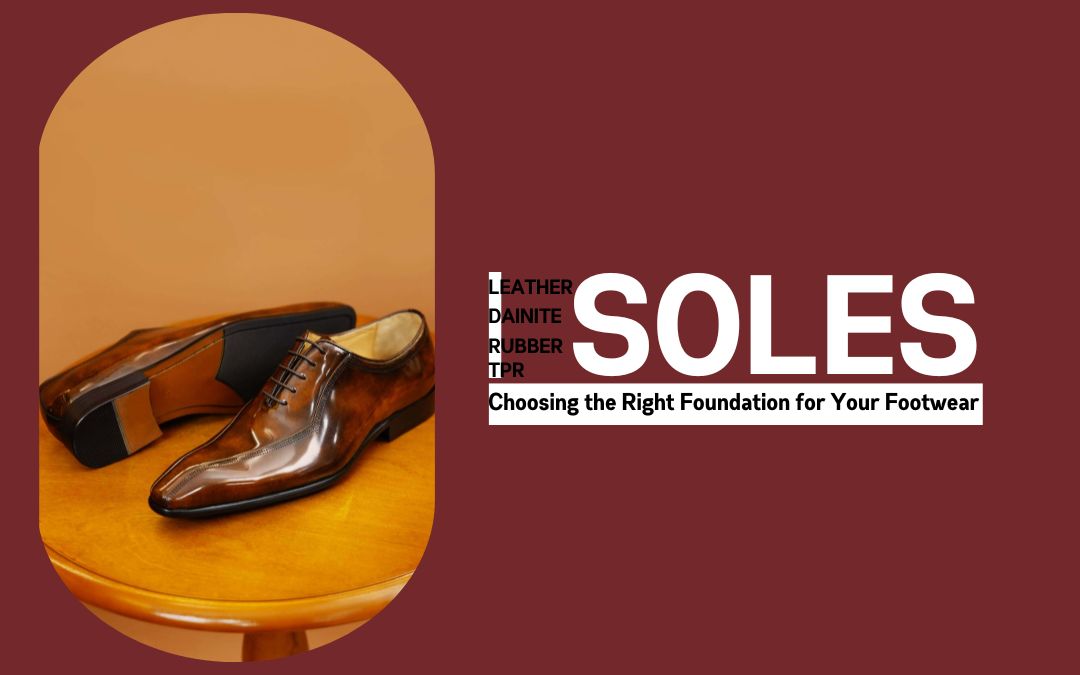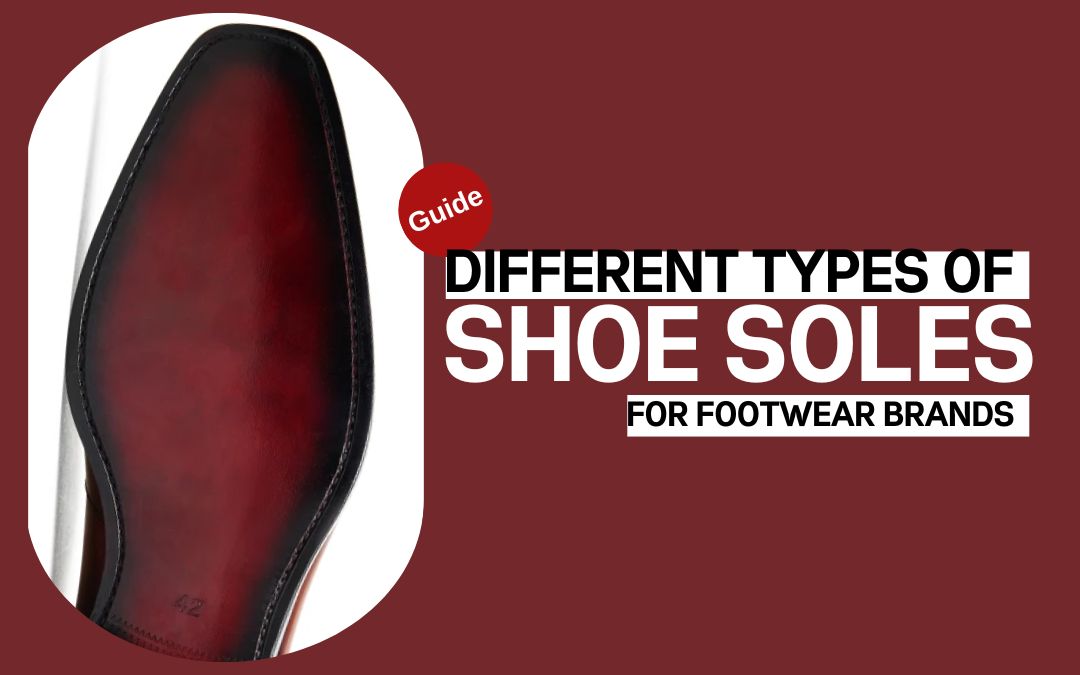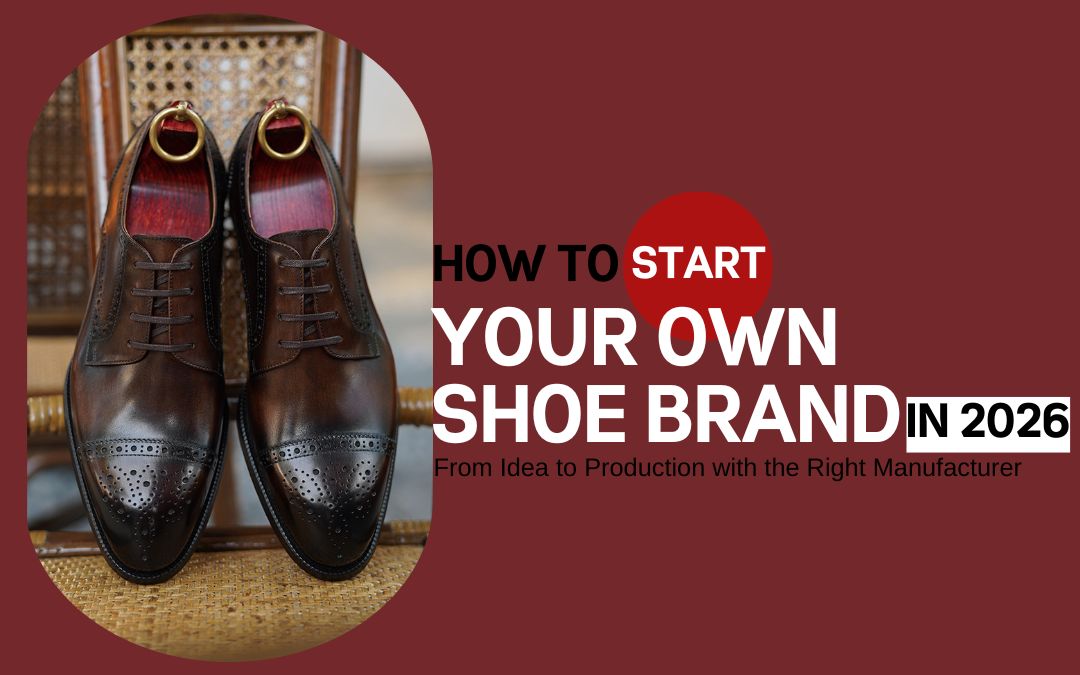Introduction: The Challenge of Finding a Trusted Shoe Manufacturer
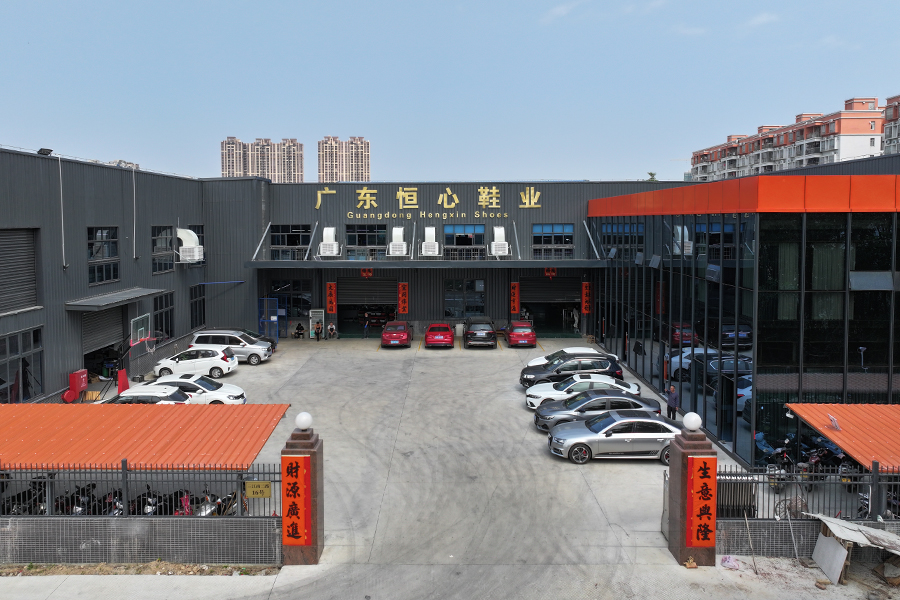
The footwear industry can be complex, especially for small businesses venturing into shoe production. From defining the perfect design to ensuring a reliable supply chain, the process involves navigating various challenges. For many small brands, finding a trusted Shoe Manufacturer is often a daunting task. Key pain points typically include negotiating minimum order quantities (MOQ), ensuring consistent product quality, and managing communication barriers across different time zones.
One of the biggest hurdles for emerging brands is finding a manufacturer who not only understands the intricacies of shoe craftsmanship but also aligns with your brand’s goals. It’s crucial to partner with a manufacturer who can translate your vision into reality while maintaining high production standards.
This guide is designed to help small brands identify and partner with reliable shoe manufacturers who can support their growth, ensuring that your footwear production runs smoothly and efficiently.
Step 1: Define Your Brand’s Needs and Production Goals
A. Clarify Your Product Vision
Before you even begin your search for a manufacturer, it’s vital to define your product vision. What type of footwear are you looking to produce? Whether you’re designing sophisticated dress shoes, casual boots, or stylish sneakers, the type of shoe will dictate the manufacturing process. Additionally, consider which market segment you’re targeting—luxury, mid-range, or entry-level. Each segment will have specific expectations in terms of design, materials, and craftsmanship.
B. Identify Key Technical Requirements
Once your product vision is clear, it’s time to think about the technical specifications that will bring your shoes to life. Consider the construction method—do you want high-end Goodyear welted shoes, or are you opting for more affordable methods like Blake stitch? Additionally, define your material preferences, such as full-grain leather, suede, or corrected grain leather. Each material has different production requirements and costs, so make sure your choice aligns with your brand’s image and production goals.
C. Set a Clear Budget and MOQ Expectation
Setting a realistic budget is essential for ensuring that your product remains profitable. A clear budget will also help you manage production costs and set expectations with your manufacturer. Similarly, minimum order quantity (MOQ) plays a critical role in your production process. For small brands, understanding MOQ is essential to avoid overproduction and unnecessary costs. It’s important to find a manufacturer that can accommodate your budget and MOQ while still delivering the quality you expect.
Step 2: Research and Shortlist Potential Manufacturers
A. Where to Find Reliable Manufacturers
Finding the right manufacturer starts with research. There are several places where you can start looking for reputable shoe manufacturers. Online B2B platforms like Alibaba and Global Sources are great starting points, where you can filter manufacturers based on their expertise, certifications, and past work. Trade shows and industry fairs such as MICAM or the Canton Fair also offer an excellent opportunity to meet manufacturers face-to-face and assess their capabilities. Additionally, asking for referrals or working with sourcing agents with footwear experience can help connect you with trustworthy manufacturers.
B. Evaluate the Manufacturer’s Capabilities
Once you have a list of potential manufacturers, it’s time to evaluate their capabilities. Look for manufacturers with years of experience in your specific footwear category—whether it’s formal shoes, casual wear, or boots. Check for evidence of technical proficiency, such as expertise in Goodyear welt construction or hand-painted finishes (like patina). Manufacturers with these skills can produce high-quality, durable shoes. Also, verify whether the manufacturer holds relevant certifications and has experience in exporting to international markets.
C. Example of Excellence – Hengxin
A prime example of a reputable manufacturer is Hengxin, a company founded in 2011 with over 14 years of experience in producing Goodyear welted footwear. Known for its unmatched craftsmanship, Hengxin specializes in both Goodyear welt and unique patina hand-coloring—skills rarely found in China’s footwear industry. Hengxin offers both OEM and ODM solutions, making it an excellent choice for small and medium-sized brands seeking premium dress shoe production.

Step 3: Request Samples and Evaluate Quality
A. Key Aspects to Check in Samples
Once you’ve shortlisted a manufacturer, the next step is to request samples. Evaluate key quality indicators such as stitching precision, leather uniformity, lining quality, and overall finish. Additionally, perform a flexibility test to see how the shoe holds up after bending—this will give you insight into the durability and craftsmanship of the product.
B. Evaluate Craftsmanship Details
For high-quality shoes, it’s crucial to examine specific craftsmanship details. If you’re opting for Goodyear welted shoes, ensure that the welt connection is robust and well-finished. If you’ve chosen a unique finish like patina hand-coloring, verify the consistency and quality of the color application. The finer details often differentiate high-end shoes from mass-produced ones.
C. Transparent Communication
An essential part of building a strong partnership is communication. Ensure that your manufacturer is transparent about the materials used and the production timeline. Assess their responsiveness—quick, clear responses are a good indicator that the manufacturer values your business and is committed to providing excellent customer service.
Step 4: Establish a Sustainable Partnership
Negotiate Terms Wisely
When negotiating with your manufacturer, it’s important to clearly define the MOQ, lead time, pricing, and payment methods. Make sure all agreements are transparent, and that quality control processes are outlined in detail. This will set expectations and reduce the risk of misunderstandings later.
Build Long-Term Collaboration
The best manufacturer relationships are built on mutual trust and collaboration. A reliable partner will help your brand grow by offering scalable production and design input. Establishing a long-term collaboration with a trustworthy manufacturer like Hengxin can ensure that your brand gets consistent, high-quality production, allowing you to focus on other aspects of your business.
Conclusion: Finding the Right Partner for Growth
The process of finding the right shoe manufacturer goes beyond price—it’s about aligning with a partner who shares your values in craftsmanship, communication, and quality. By defining your goals, requesting samples, and verifying a manufacturer’s expertise, small businesses can confidently find the ideal partner. Manufacturers with authentic Goodyear welt and patina craftsmanship—like Hengxin—help brands create products that stand out in the global market, driving success in an ever-competitive industry.
FAQ
What should I look for in a shoe manufacturing partner?
Look for experience, craftsmanship, transparency, and the ability to meet your technical and production requirements. Evaluate past work and request samples to gauge quality.
How can I tell if a shoe factory is trustworthy?
Check for certifications, industry experience, and references from other brands. Also, assess their responsiveness and willingness to communicate openly.
What is the minimum order quantity (MOQ) for shoe manufacturers?
MOQs vary depending on the manufacturer. Be sure to clarify this early in discussions to avoid misunderstandings.
How can I ensure consistent quality in OEM shoe production?
Establish clear quality control procedures, inspect samples, and maintain open communication with your manufacturer to ensure consistency.
What’s the difference between Goodyear welt and Blake stitch construction?
Goodyear welt construction involves stitching a welt to the shoe, creating a durable and resoleable shoe. Blake stitch is a more streamlined method, resulting in a lighter, more flexible shoe.

